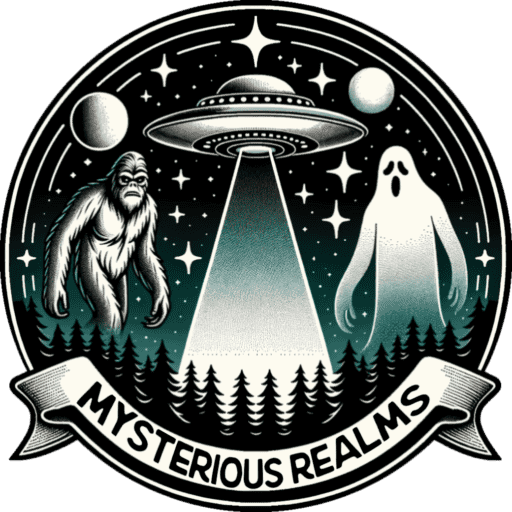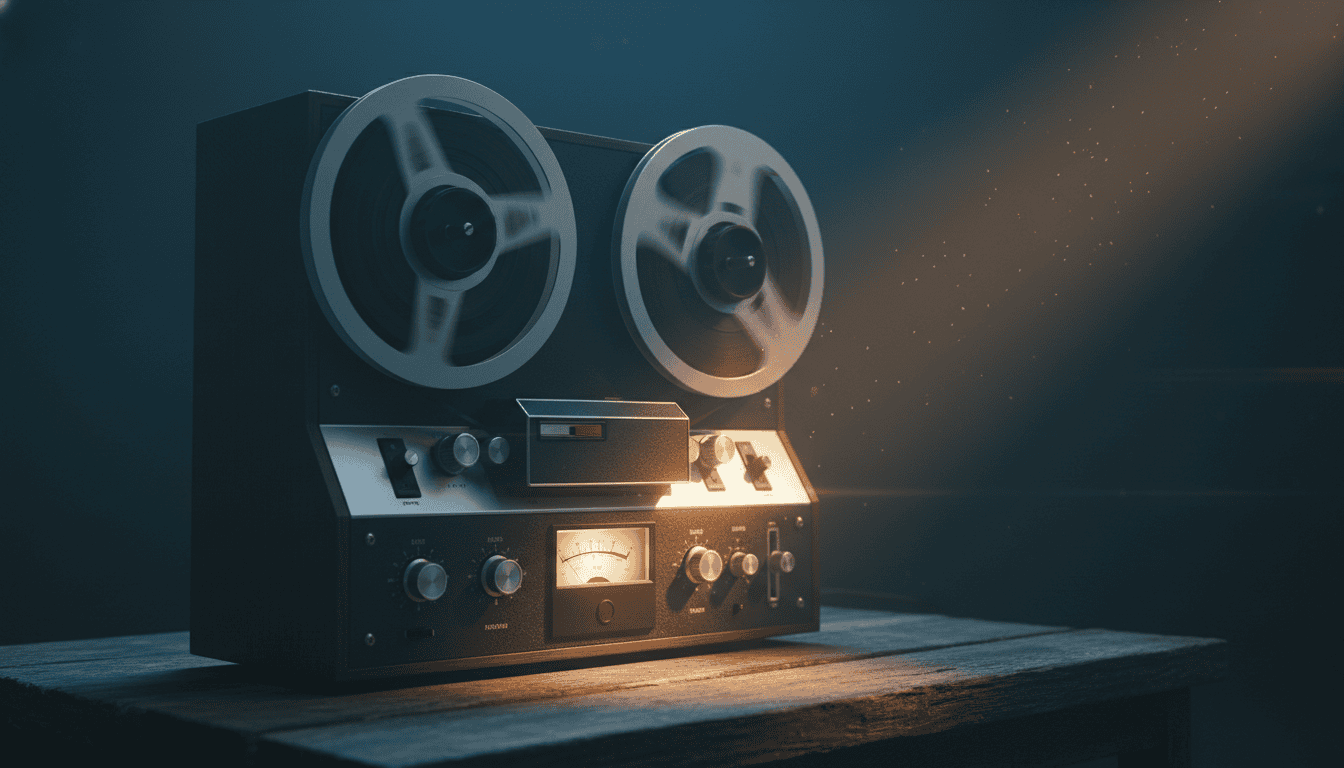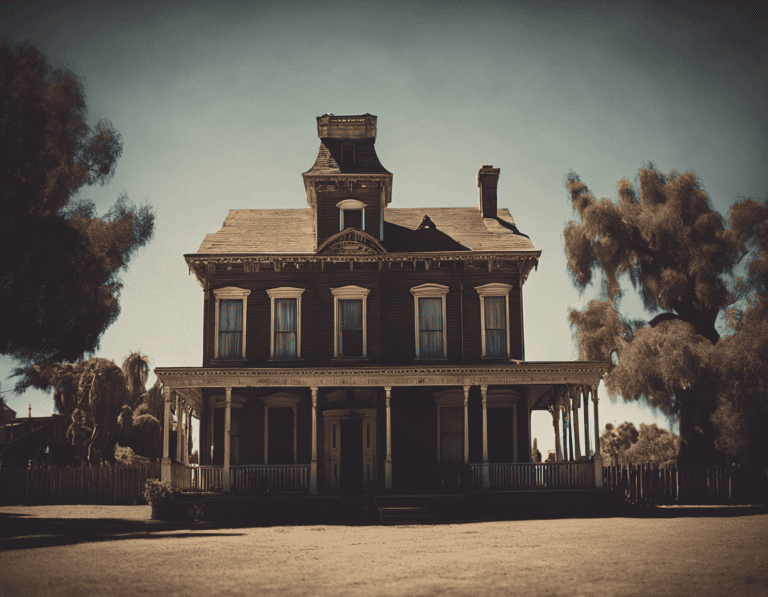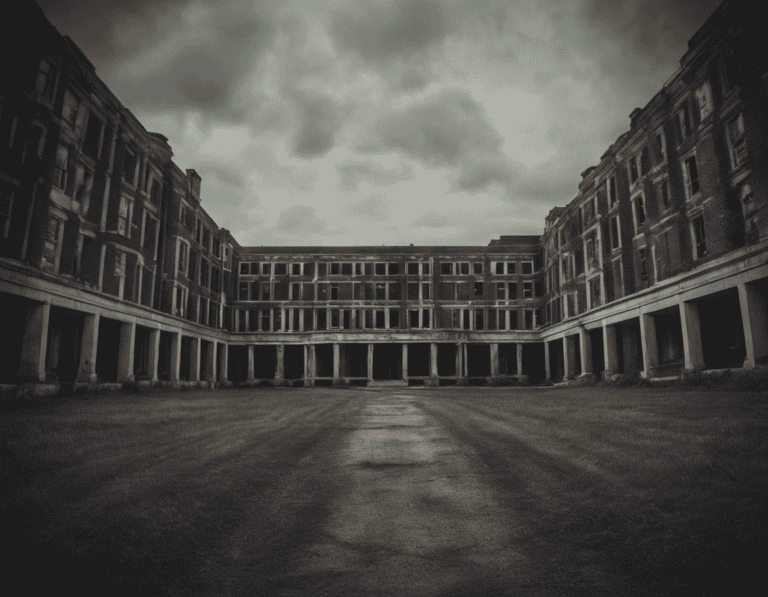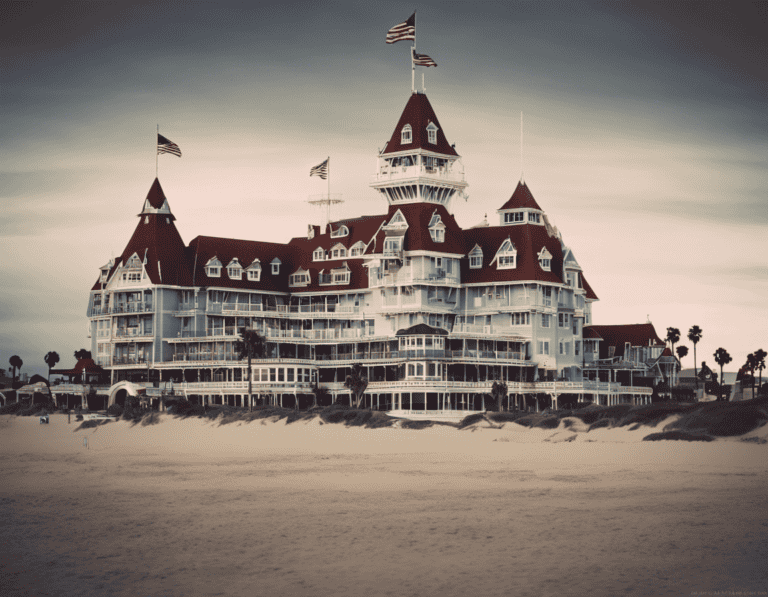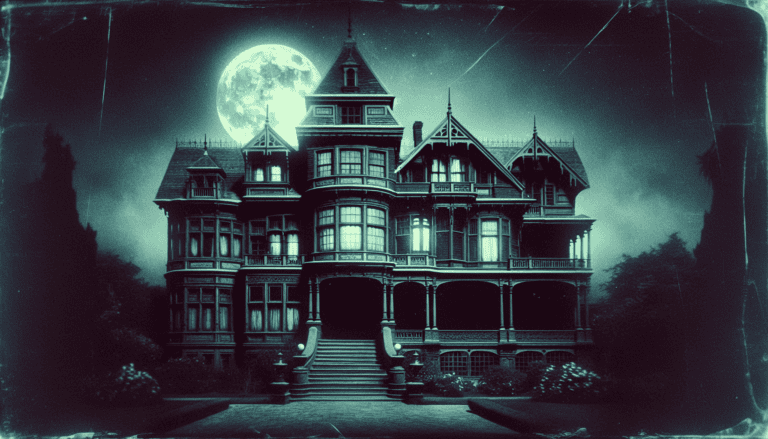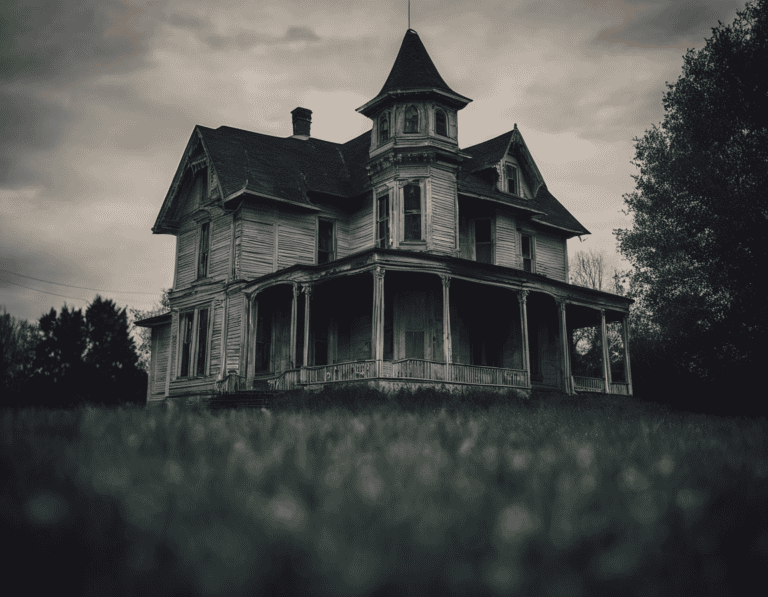Whispers From the Void: Understanding Electronic Voice Phenomenon
Imagine sitting in a pitch-black room with nothing but a small voice recorder humming in the silence. The air feels heavy and still, and the only sound you hear is the rhythm of your own breathing. You ask a simple question out loud, wait for a response that never comes, and eventually pack up your gear. Only later, when playing back the audio file on a computer, does a whisper seem to cut through the static. This chilling moment defines what paranormal investigators call an Electronic Voice Phenomenon, or EVP.
These mysterious recordings capture voices or noises that were completely inaudible to the human ear at the time they occurred. While skeptics might blame stray radio waves or digital glitches, many researchers believe these sounds are attempts at communication from the other side. Parapsychologist Konstantīns Raudive brought this concept to the public in the 1970s by recording thousands of these strange interactions. He noted that the messages are usually very brief, often lasting only the length of a single word or a short phrase. Despite the short duration, the implications of catching a disembodied voice on tape remain fascinating to believers and skeptics alike.
Not every piece of audio evidence offers a crystal-clear message for the listener to decipher. Investigators use a specific classification system to rank how easily these phantom voices can be understood without headphones or special equipment. A “Class A” recording represents the gold standard of ghost hunting because the words are distinct and universally accepted by everyone who hears them. Most captures are much fainter, however, and require software to amplify the whispers hidden deep within the background noise. Whether clear or garbled, these electronic anomalies continue to drive the search for proof of life after death.
Key Takeaways
-
Electronic Voice Phenomenon (EVP) refers to mysterious recordings of voices or noises that were inaudible to the human ear at the time they occurred.
-
Parapsychologist Konstantīns Raudive popularized EVP research in the 1970s by documenting thousands of brief, interactive messages suggesting communication from the other side.
-
Investigators use a classification system to rank audio evidence, with ‘Class A’ recordings being the rare ‘gold standard’ that are clear and easily understood without headphones.
-
The majority of EVP captures are categorized as Class B or C, requiring amplification or headphones to hear and often leading to subjective interpretations.
-
Skeptics attribute these sounds to auditory pareidolia, a psychological phenomenon where the brain tries to create recognizable words out of random static or background noise.
-
EVP messages are characteristically very brief, often lasting only the duration of a single word or a short phrase.
-
The standard method for capturing EVPs involves asking questions in a silent room and later reviewing the audio file to detect whispers hidden in the static.
The History of Recorded Voices
Long before ghost hunters carried digital recorders, early explorers turned to magnetic tape to capture the invisible. The exploration of electronic communication with the beyond began in earnest during the mid-20th century. While earlier spiritualists relied on mediums, a new wave of researchers believed technology could provide hard evidence of life after death. They discovered that standard recording devices sometimes picked up unexplained whispers and words that were not audible in the room. These accidental discoveries paved the way for a more systematic approach to documenting the unknown.
The study of these mysterious sounds gained global attention through the dedicated work of parapsychologist Konstantīns Raudive in the 1970s. Raudive spent years conducting thousands of experiments to prove that the voices on his tapes were not merely radio interference or stray noise. He observed that these messages were typically very brief, often consisting of just a single word or a short, rhythmic phrase. His research suggested that the entities speaking were attempting to respond directly to questions asked during the sessions. This interactive element transformed EVP from a random anomaly into a potential method of communication with the other side.
Following Raudive’s groundbreaking efforts, the paranormal community developed specific systems to categorize the quality of these recordings. Researchers now look for “Class A” captures, which are defined as clear and distinct voices that anyone can understand without headphones. While many recordings remain faint or open to interpretation, these high-quality examples offer the most compelling argument for the phenomenon. Modern investigators continue to build on this historical foundation, using digital tools to hunt for the clarity that Raudive sought on magnetic tape.
Classifying the Unexplained Sounds
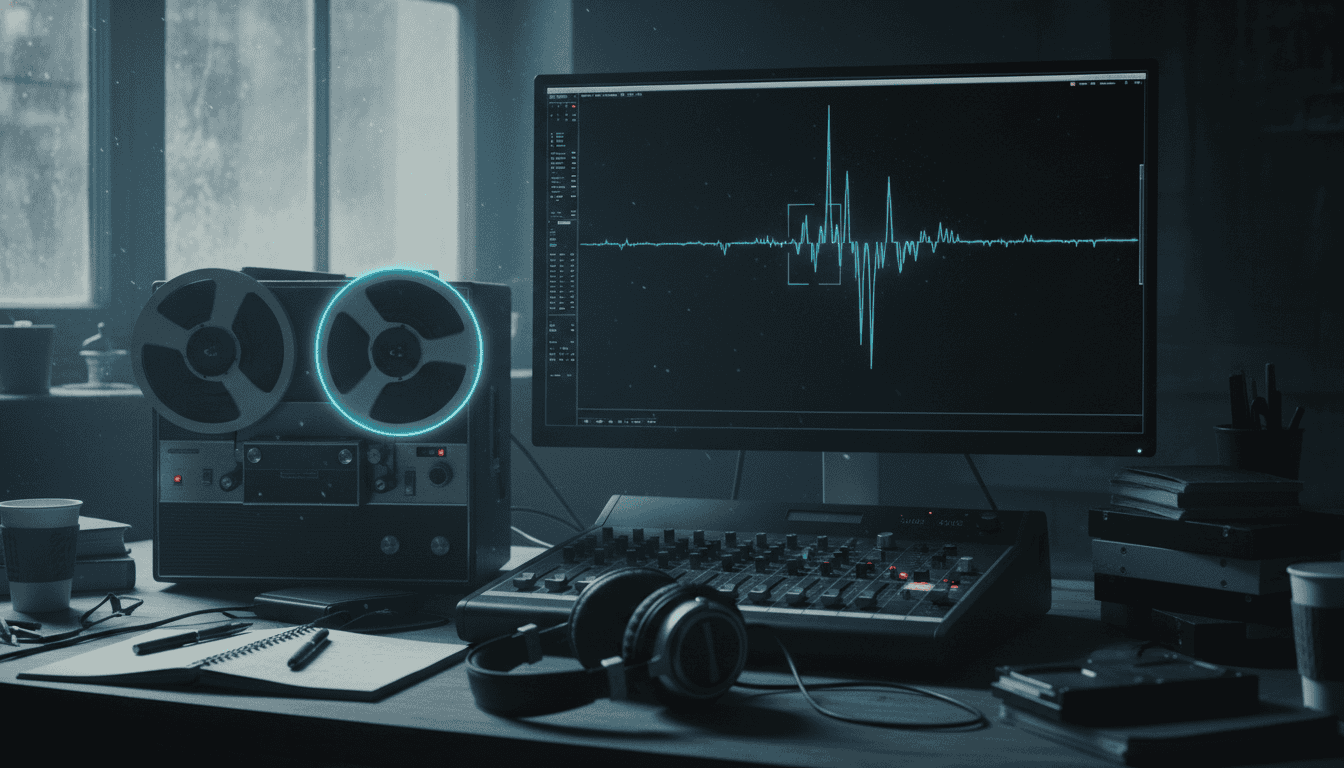
When investigators sit down to review hours of static-filled audio, they rely on a specific grading system to make sense of what they find. Not all spooky sounds are created equal, so researchers categorize them based on how loud and easy they are to understand. At the top of this hierarchy sits the elusive Class A EVP. These represent the ultimate prize in paranormal evidence because they capture voices so crisp and clear that anyone listening can immediately make out the words without needing headphones or special software. Even skeptics often find it difficult to dismiss these distinct phrases, as they sound just like a living person speaking directly into the microphone.
As the quality drops, the recordings fall into Class B, which constitutes the vast majority of evidence found during ghost hunts. These clips usually require listeners to wear high-quality headphones to distinguish the potential message from the background noise. While the voice is audible, different people might disagree on exactly what is being said until they are told what to listen for. Parapsychologist Konstantīns Raudive noted that these communications are typically very brief, often lasting only the length of a single word or short phrase. This brevity can make interpretation tricky, leaving plenty of room for spirited debate among team members reviewing the files.
The final category, Class C, includes the faintest and most controversial sounds captured during an investigation. These recordings are often buried deep within white noise and usually require significant audio enhancement to be heard at all. Because the audio is so soft and garbled, investigators admit that these clips are highly subjective and difficult to present as concrete proof. Critics suggest these unintelligible whispers might just be the result of the human brain trying to find recognizable patterns in random electronic chaos. Despite the lack of clarity, many enthusiasts still treasure these faint signals as potential, albeit weak, contact from the other side.
Science Versus The Supernatural
When listening to the static of a white noise machine or the wind howling outside, the human brain often tries to find order in the chaos. Scientists explain this tendency through a concept known as auditory pareidolia, which suggests that the mind subconsciously turns random sounds into recognizable words. This psychological phenomenon functions much like seeing shapes in the clouds, tricking the listener into hearing a voice where none actually exists. Skeptics argue that eager ghost hunters are simply projecting their own expectations onto stray radio waves or background interference. Instead of capturing a message from the other side, these recordings might just be the result of a very creative imagination trying to make sense of the unknown.
Despite the logical explanations offered by psychology, many enthusiasts believe the evidence points to something far more mysterious than a trick of the mind. Parapsychologist Konstantīns Raudive, who spent years recording thousands of these voices, argued that the messages are often too specific to be mere coincidence. Investigators frequently report capturing what they call “Class A” EVPs, which are voices so clear and distinct that they require no interpretation at all. These recordings often appear to directly answer questions asked by the researchers, suggesting an intelligent consciousness is listening and responding in real-time. For those who have heard a disembodied voice call them by name through the static, the scientific theory simply doesn’t account for such personal interactions.
Conclusion
Electronic Voice Phenomenon sits on the razor’s edge between the known world and the supernatural. While skeptics often explain these noises as stray radio signals or just our brains playing tricks, the sheer number of recordings makes them hard to ignore completely. Parapsychologists like Konstantīns Raudive spent years documenting thousands of these short, mysterious phrases. Even today, investigators capture distinct voices that sound startlingly clear and human. It leaves us wondering if modern technology really has opened a digital door to the other side.
The truth about these ghostly whispers might depend entirely on who is holding the recorder. Technology continues to advance, yet these strange anomalies persist in popping up during the quietest moments of an investigation. Perhaps the most compelling evidence is found not in a laboratory, but in what your own ears perceive. We have included a short audio clip below that was captured during a recent ghost hunt. Listen closely to the faint sounds and tell us, do you hear a random burst of static or a voice calling out from beyond?
Frequently Asked Questions
1. What is Electronic Voice Phenomenon (EVP)?
Electronic Voice Phenomenon, or EVP, occurs when mysterious voices or noises appear on recordings despite being inaudible to the human ear at the time. While skeptics often blame interference, many researchers view these sounds as potential communication from the spirit world.
2. How is an EVP usually recorded?
Investigators typically sit in a quiet room with a voice recorder, asking questions into the silence and waiting for a response. It is only later, during playback on a computer, that these whispers are discovered cutting through the static.
3. What is a “Class A” recording?
A “Class A” recording is considered the highest quality capture in ghost hunting because the voice is distinct and easily understood without special equipment. These rare clips are highly prized because almost everyone who listens to them hears the same words.
4. Who was Konstantīns Raudive?
Konstantīns Raudive was a parapsychologist who helped popularize the study of electronic voice phenomena in the 1970s. He cataloged thousands of these strange interactions, noting that the spirit messages were often very brief but fascinating.
5. Why are some EVPs hard to understand?
Most electronic voice phenomena are faint and hidden deep within background noise, requiring software to amplify the sound. Unlike the clear “Class A” examples, these garbled whispers often require careful listening and interpretation to decipher.
6. What are common explanations for these recordings?
Skeptics frequently attribute these sounds to stray radio waves, digital glitches, or environmental noise that the investigator didn’t notice. However, the intelligent timing of some responses drives believers to continue searching for proof of life after death.
7. How long do these spirit messages usually last?
The messages captured in these recordings are usually very brief, often lasting only the length of a single word or short phrase. Despite the short duration, the implications of catching a disembodied voice on tape remain a powerful motivator for researchers.
